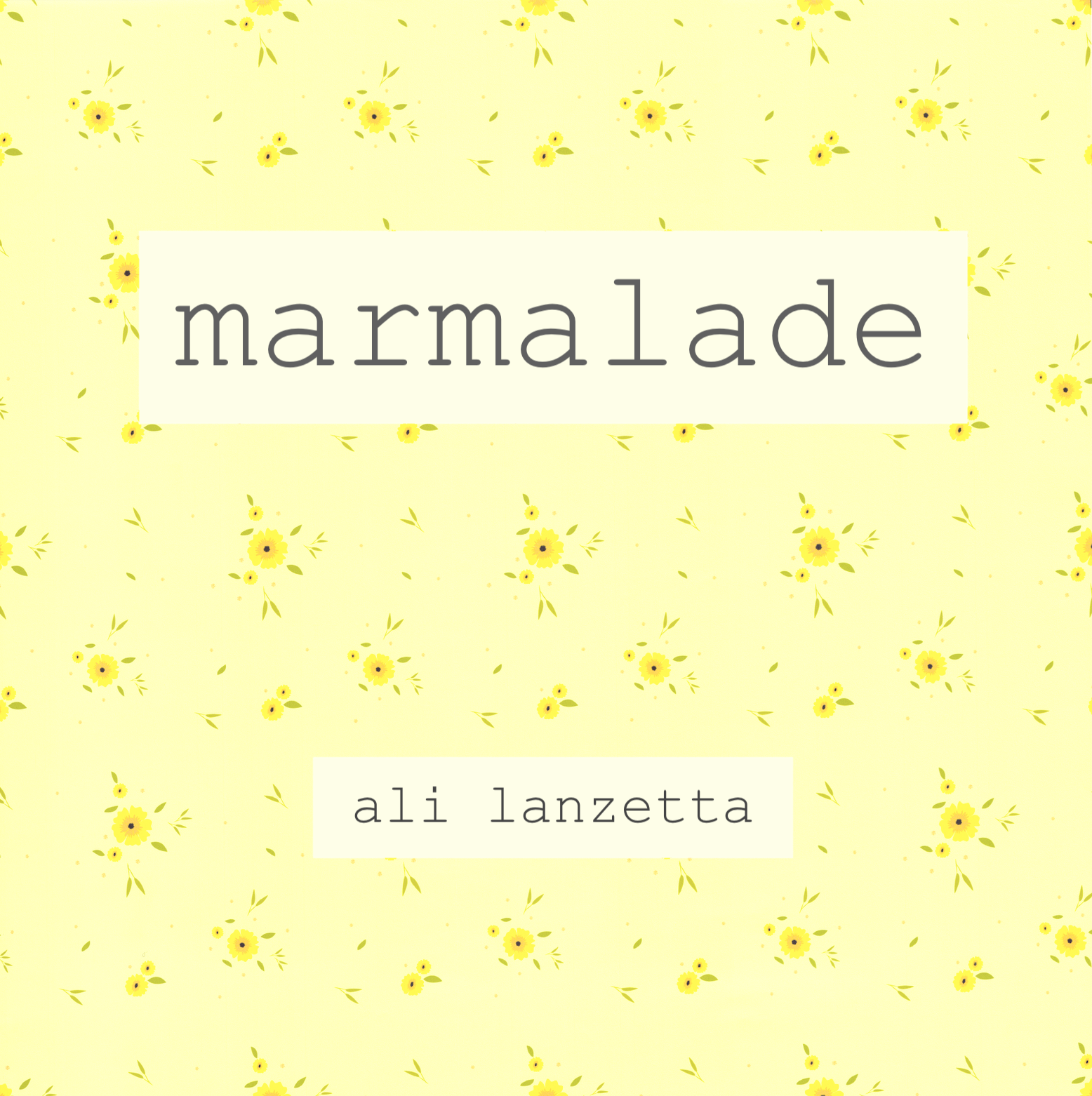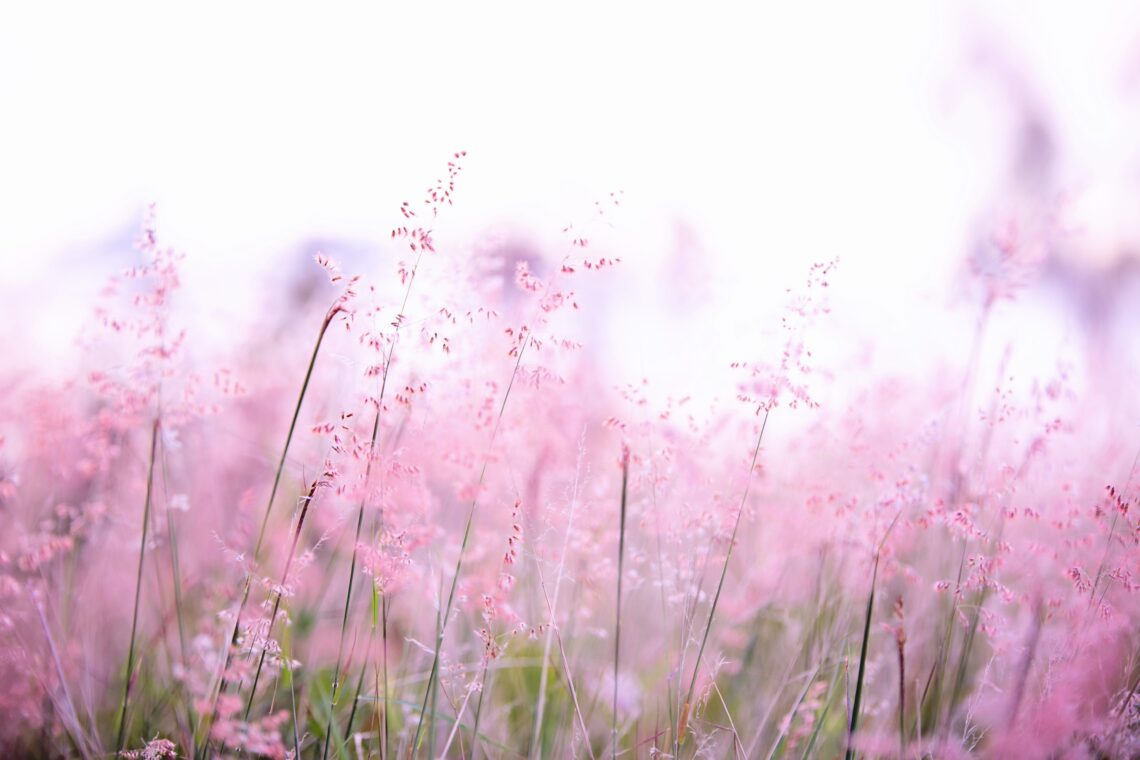
Disappointment Box: What to do with your feelings
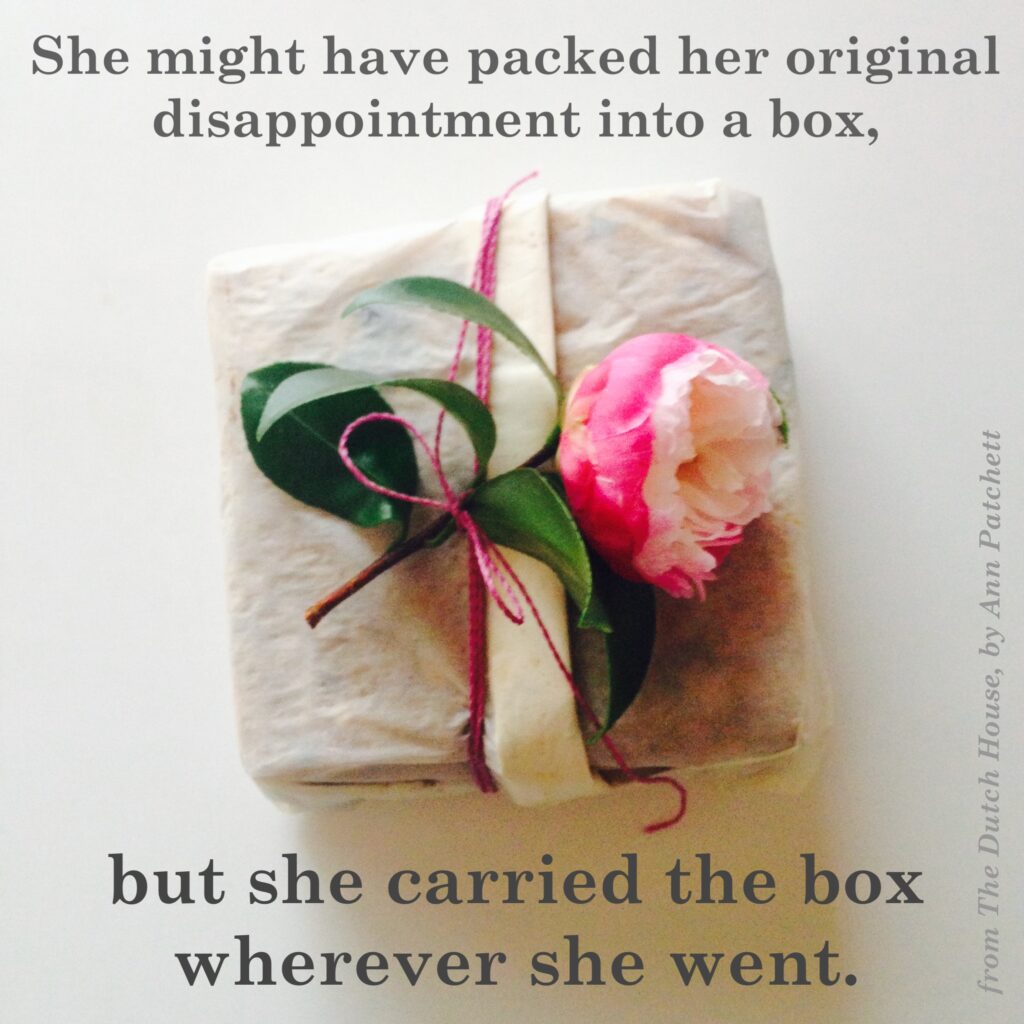
I recently read this gem in Ann Patchett’s wonderful novel, The Dutch House (2019).
She is one of my favorite writers. The extraordinary depth of her work and her masterful delivery dazzle me every time. She works with the perfect ratio of shine and nuance which, as a writer myself, I just find so inspiring.
And here is a brilliant example – these wise words and the power of encountering them in fiction, as we fall down that magic rabbit hole with a character.
and it reminded me of something . . .
One of the most useful things anyone has ever said to me is something I’ve re-quoted often to myself and to others.
Let’s call this person My Friend Lydia.
I was talking to My Friend Lydia during a time when I’d been feeling very overwhelmed by some less-than-pleasant emotions regarding a particular situation in my life. After holding space for me to explore the story and my feelings about it, My Friend Lydia said,
“It’s good to feel your feelings, but I want you to know that you don’t have to follow them around.
You can feel your feelings, and then put them in a box and put the box on a shelf.”
I was like, “Wait, what? I can?”
In Psychology, this is part of a process often called “Containment“.

CONTAINMENT means putting aside thoughts and feelings that are monopolizing your energy and attention, getting some distance and allowing yourself a break so you don’t become flooded.
Because of the Negativity Bias, this process is especially important when it’s difficult feelings we’re dealing with.
You can’t see how big the sky is from the bottom of the well.
The purpose of containment isn’t to deny your natural feelings or to Eternal Sunshine of The Spotless Mind your memories by scrubbing them clean, but to create boundaries with them so you can get on with your life and attend to ALL its things, thoughts, and feelings–not just the ones that are bothering you.
Containment helps us move beyond our feelings with:
- a more spacious perspective
- more openness & creativity
- a greater, more clear-sighted sense of possibility
- an improved ability to orient ourself in the present
- a better understanding of how negative experiences fit into our greater narratives–and actually help to organically shape and grow us, allowing us to become stronger, wiser, and brighter.
Like everything, it’s easier said than done, of course, but the first thing (always) is to notice what, exactly, we’re following and/or carrying around in the first place. Whatever it is, it’s okay to feel it – but you don’t have to lug it about with you.
You’re the only one who can choose what’s in the box you carry.




a lemon?
a person?
a feeling?
a fear?
And anything that’s not helpful to have with you right now can be stored quietly on its shelf where it belongs.
If you have a pearl, a petal, a shimmer, a lark. . . put it in the box in your pocket.
Only you get to decide what’s in that one, too.




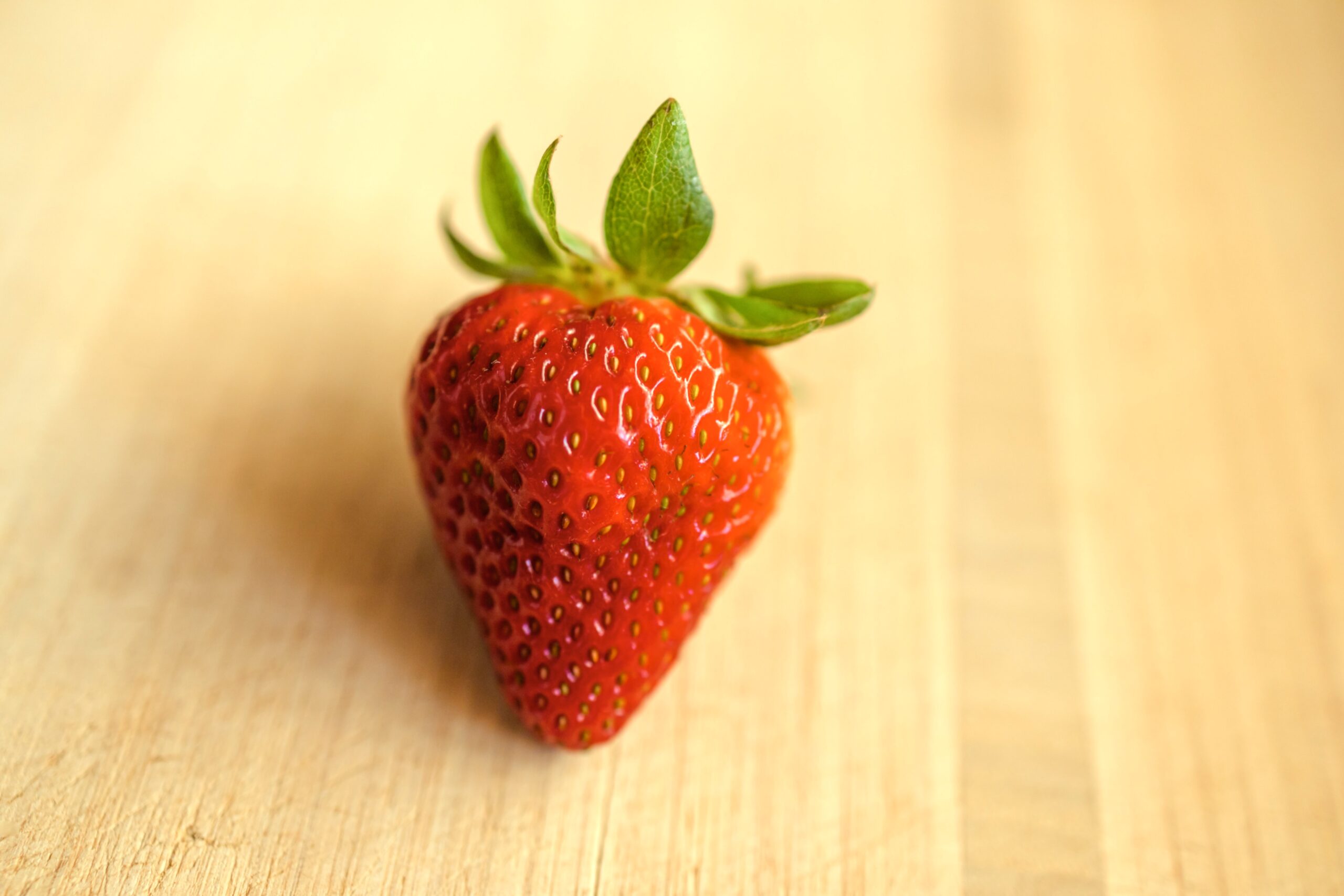
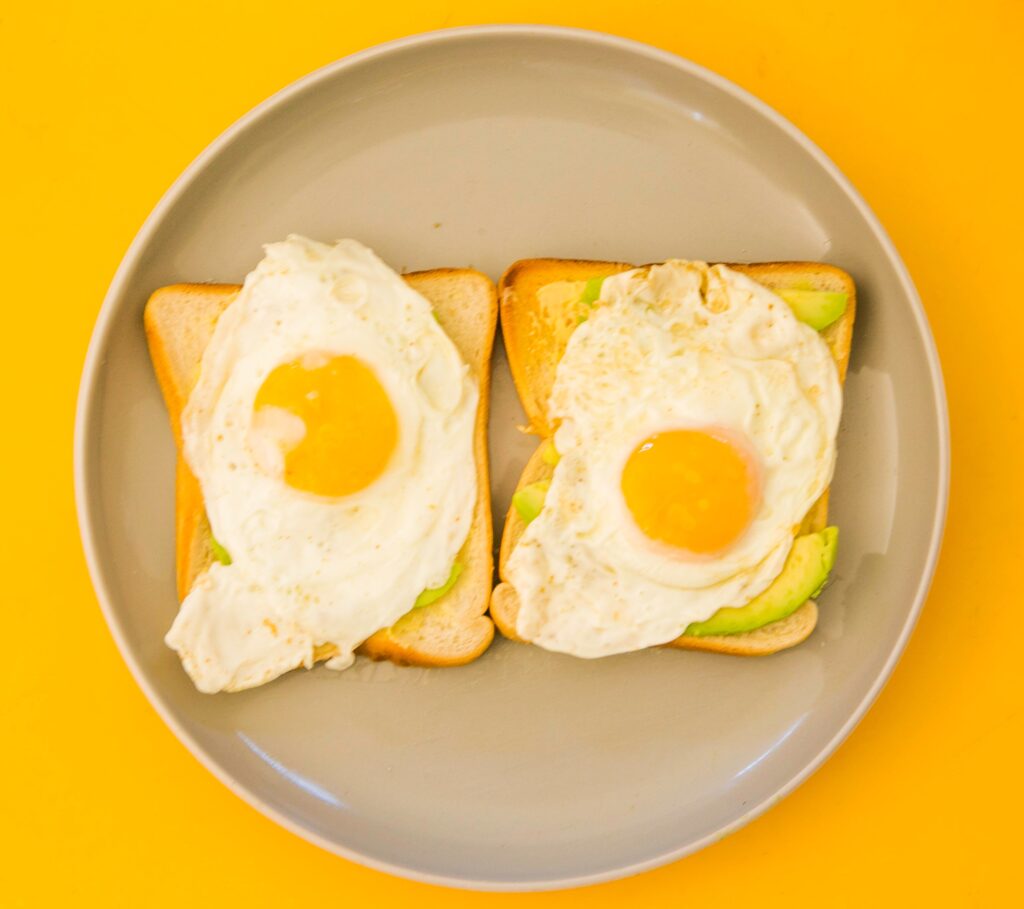
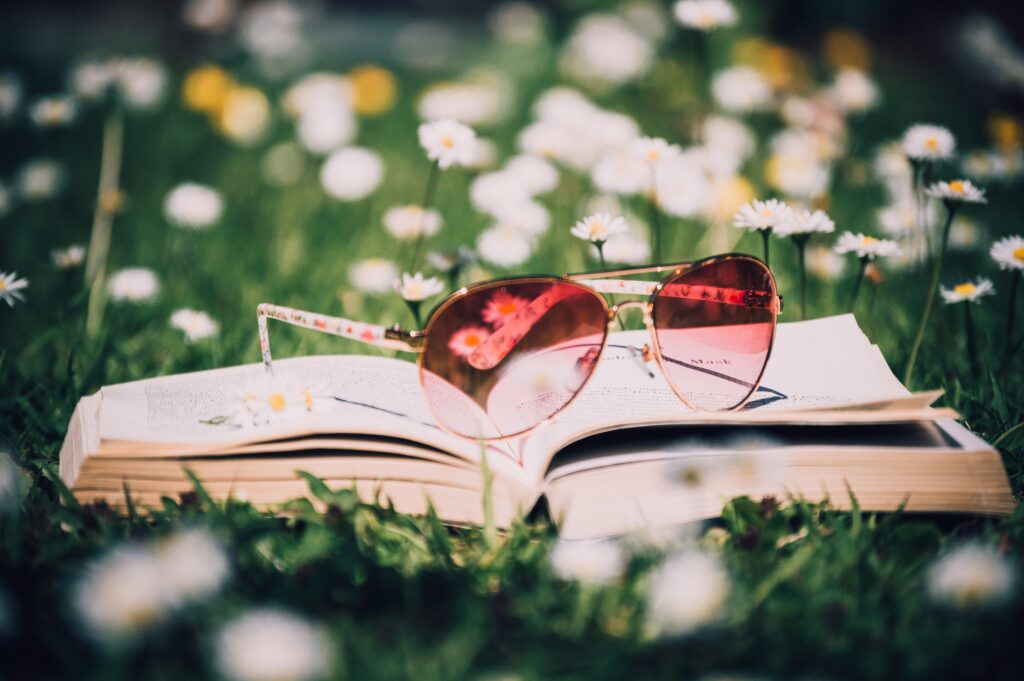

Breathe, shine, be well, and stay tuned for more! xo, ali
